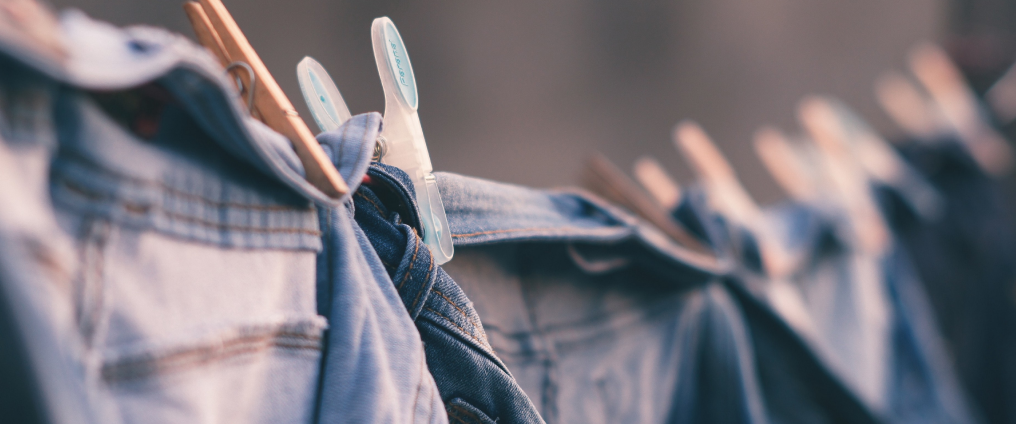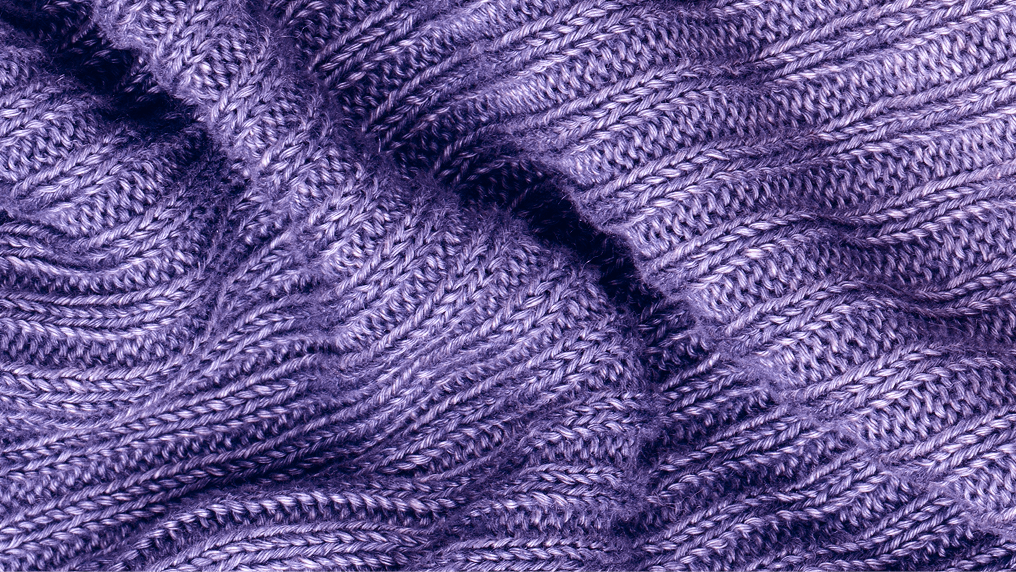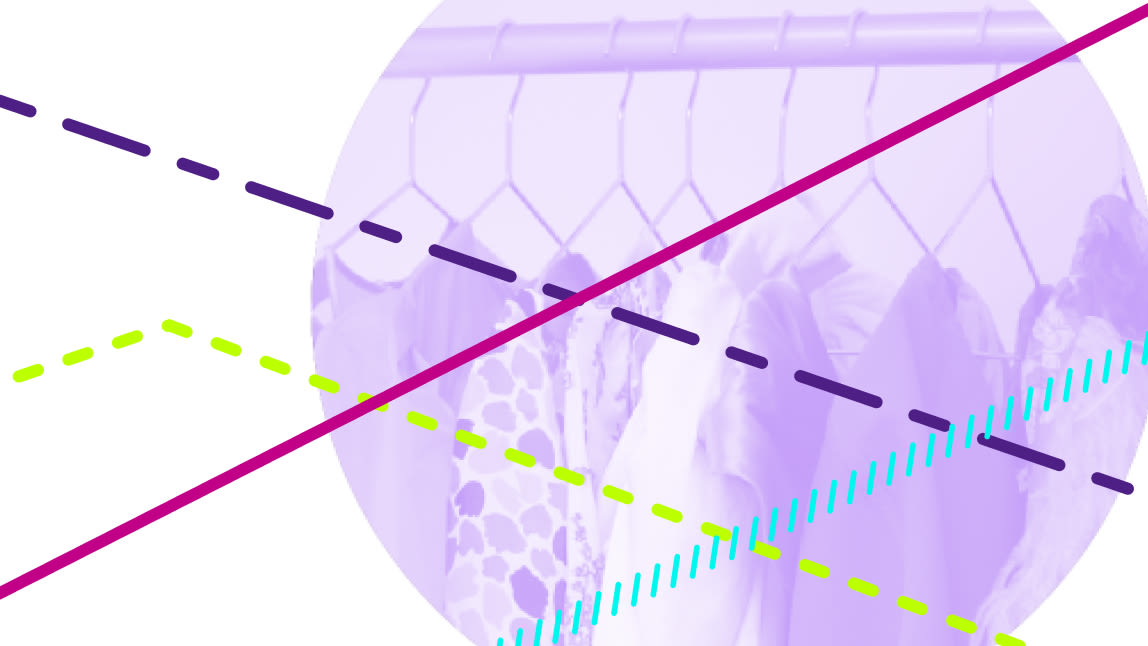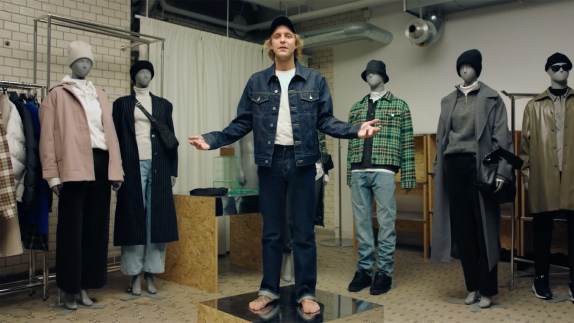New circular economy guidelines will see jeans made to last longer, made to be remade, and made in ways that are better for the environment and garment workers.
It is almost 150 years since the first pairs of jeans were produced, to meet the demands of California’s gold rush miners. Since then they have evolved from West Coast workwear to become one of the most familiar features of today’s global fashion industry.
In 2018, the international jeans market grew to USD 57 billion with almost two billion pairs sold around the world a year. It is not just the size of the market that has grown. The new materials and production methods that have helped to create countless styles and products, have come with huge rises in waste and pollution. It’s a familiar story in fashion.
Now a group of leading fashion brands and manufacturers is working with the Ellen MacArthur Foundation to address these issues. Through the Jeans Redesign, a project created by the Foundation’s Make Fashion Circular initiative, they have signed up to a new set of guidelines on garment durabilitydurabilityThe ability of a product, component or material to remain functional and relevant when used as intended., material health, recyclabilityrecyclabilityThe ease with which a material can be recycled in practice and at scale., and traceability.
Make Fashion Circular brought together more than 40 experts from academia, brands, retailers, manufacturers, collectors, sorters and NGOs, to develop the Guidelines, which are based on the principles of the circular economycircular economyA systems solution framework that tackles global challenges like climate change, biodiversity loss, waste, and pollution. It is based on three principles, driven by design: eliminate waste and pollution, circulate products and materials (at their highest value), and regenerate nature. — to design out waste, keep materials in use, and regenerate natural systems. They build on other efforts to improve the production of jeans, including the open source guide created following C&A and Fashion For Good’s joint initiative to develop C2C Gold Certified™ jeans, and have been designed to help ensure jeans last longer, can easily be recycled, and are made in a way that is better for the environment and the health of garment workers.
Laura Balmond, who leads the Jeans Redesign for Make Fashion Circular, said: “Make Fashion Circular has three core ambitions — to ensure that all the inputs into the system are safe, that clothes are kept in use for as long as possible, and that at the end of their use, used clothes can be turned into new ones. Because of the complexity that can present, we wanted to break it down and see what it would look like for a particular garment. Jeans are an iconic product, which are in the wardrobes of people all over the world. And we could see there was some great progress being made in the industry in dealing with issues like chemical and water usage. Jeans seemed like a great starting point to rally the industry around.”
The Jeans Redesign guidelines
Respect for the health, safety, and rights of people involved in all parts of the fashion industry is a prerequisite, along with working conditions improvement in manufacturing globally.
Beyond this, the Guidelines provide minimum requirements in the following areas:
Durability
Jeans should withstand a minimum of 30 home laundries, while still meeting the minimum quality requirements of the brands
Garments should include labels with clear information on product care
Material Health
Jeans should be produced using cellulose fibres from regenerative, organic or transitional farming methods
Jeans should be free of hazardous chemicals and conventional electroplating. Stone finishing, potassium permanganate (PP), and sandblasting are prohibited
Recyclability
Jeans should be made with a minimum of 98% cellulose fibres (by weight)
Metal rivets should be designed out, or reduced to a minimum
Any additional material added to the jeans should be easy to disassemble
Traceability
Information that confirms each element of the Guideline requirements has been met should be made easily available
Organisations that meet the requirements will be granted permission to use the Jeans Redesign Logo on jeans produced in line with the Guidelines
The Jeans Redesign Logo use will be reassessed annually, based on compliance with reporting requirements
So far the list of participants includes some of the most established names in the industry, like Lee and Gap, as well as newer brands gaining attention for innovations in the market, including Mud Jeans and Reformation. Also on board are major manufacturers like Arvind Limited, Hirdaramani, Kipas and Saitex.
Crucially the guidelines have not only had the backing of the people that design and make jeans, but many of the clothing collectors and recyclers that deal with them when customers have finished wearing them.
Martin Böschen, chief executive of textile collector and recycler TEXAID, said: “Today, the vast majority of garments that cannot be reused are downcycled into low value applications, like rags, mattress stuffing and insulation. Designing for durability and recyclability, as set out in the Guidelines, marks a pivotal change in the industry.”
Designing for durability and recyclability, as set out in the Guidelines, marks a pivotal change in the industry.
According to Böschen, jeans designed this way will remain at a higher quality, making them particularly attractive for local resale, but also for recycling and upcycling, when they can no longer be worn.
“Collaboration is essential. As a collector and sorter, we cannot create the circular economy for fashion alone. We are calling manufacturers, brands and retailers to follow the Jeans Redesign Guidelines to help us ensure the clothes they produce and sell never become waste,” added Böschen.
It is a model that could extend well beyond denim.
The Make Fashion Circular team has said it plans to take the lessons from the Jeans Redesign and see how it could be applied to other parts of the fashion industry.
Make Fashion Circular lead Francois Souchet said: “This is just the start. Over time we will continue to drive momentum towards a thriving fashion industry, based on the principles of a circular economy.”
You can listen to Souchet talk more about the project, and the future of the fashion industry, in an interview with Vogue’s sustainability editor-at-large and Make Fashion Circular ambassador Clare Press






